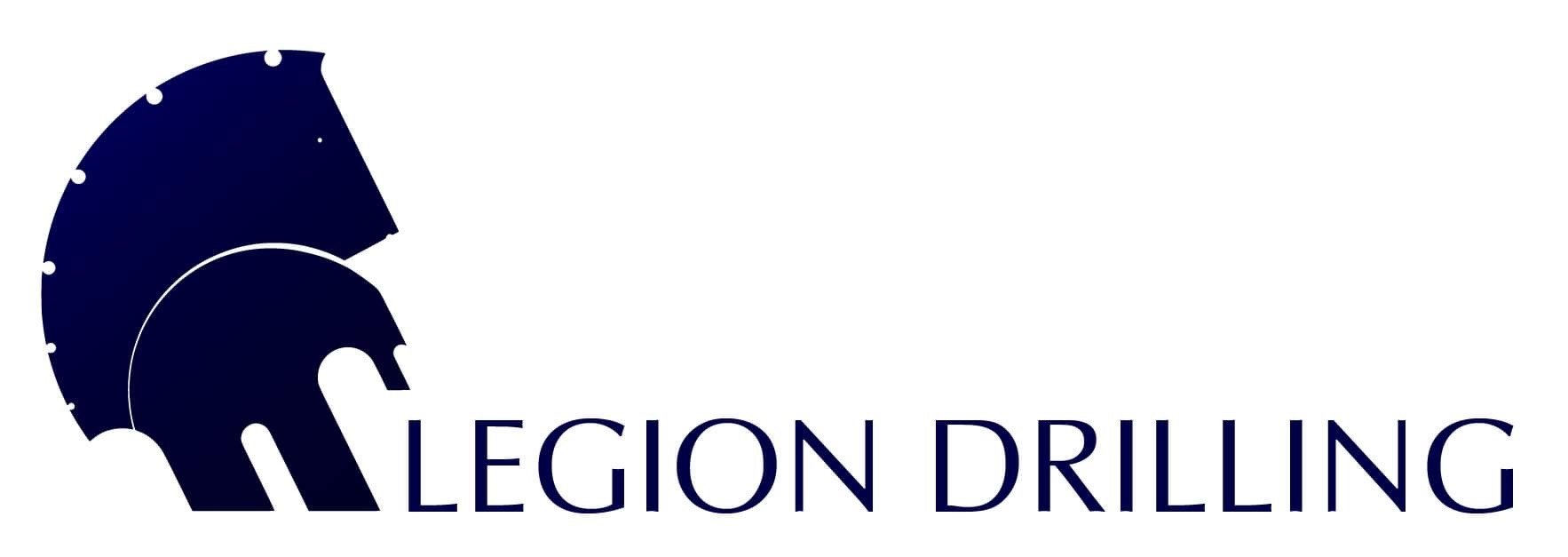Legion Drillings most used Geotechnical tests
Geotechnical sampling and assessment constitutes a large part of Legion Drillings workload on any day, providing valuable insights into the properties and behavior of soil and rock formations. Each geotechnical test provides a unique data set to assess the stability, load-bearing capacity, and suitability of the ground for construction projects. In this blog post, we will explore the six most common geotechnical testing methods used by our engineering and mining clients in Australia.
Standard Penetration Test (SPT): The Standard Penetration Test (SPT) is a widely adopted method for assessing the subsurface conditions of a site. It involves driving a thick-walled sample tube into the ground using a standard weight and dropping mechanism. The number of blows required to achieve a certain depth is recorded, known as the "blow count." The SPT provides information about the soil's resistance, shear strength, and stratification, which helps engineers design foundations and determine ground stability. The test results are represented through a blow count per unit depth curve, known as the "N-value."
Cone Penetration Test (CPT): The Cone Penetration Test (CPT) is another popular geotechnical testing method that measures the resistance of soil to penetration. A cone-shaped penetrometer is driven into the ground at a constant rate, measuring the cone's tip resistance and the friction along its sides. The CPT provides valuable data about the soil's strength, compaction, and the presence of any underlying layers or groundwater levels. It is commonly used for foundation design, slope stability analysis, and liquefaction potential assessment. The CPT data is presented graphically as a cone resistance versus depth profile.
Seismic Cone Penetration Test (SCPT): The Seismic Cone Penetration Test (SCPT) is an advanced variation of the CPT that incorporates seismic measurements. It utilizes a cone penetrometer equipped with seismic sensors to measure the compressional (P-wave) and shear (S-wave) wave velocities of the soil. The SCPT provides information about the soil's stiffness, shear modulus, and shear strength parameters. It is particularly useful in evaluating the dynamic properties of soils, such as shear wave velocity profiles, small strain stiffness, and liquefaction potential.
Shear Vane Test: The Shear Vane Test is a method used to determine the shear strength properties of cohesive soils. It involves inserting a vane into the ground and rotating it to measure the torque required for shear failure. The test provides information about the soil's undrained shear strength and its sensitivity to changes in moisture content. The Shear Vane Test is particularly useful for assessing the stability of slopes, embankments, and soft clay deposits. The test results are used to determine the appropriate design parameters for foundations and earthworks.
Diamond Coring: Diamond coring is a drilling technique used to extract cylindrical samples of rock or concrete from the ground. This method involves rotating a diamond-tipped core bit, which cuts through the subsurface material, capturing a continuous core sample. Diamond coring is particularly useful in geotechnical investigations where information about the rock strength, weathering, and geological properties is required. The extracted cores are analyzed in the laboratory to determine their compressive strength, modulus of elasticity, permeability, and other relevant parameters. This geotechnical testing method helps engineers assess the integrity and suitability of rock formations for construction projects such as tunnels, dams, and foundations.
Hydraulic Packer Testing: Hydraulic packer testing is a specialized method used to evaluate the permeability and hydraulic properties of rock or soil formations. It involves installing inflatable packers at specific depths within boreholes and isolating the desired testing zone. Water or other fluids are then injected into the isolated zone under controlled pressure, allowing engineers to measure the permeability and conductivity of the formation. Hydraulic packer testing provides valuable information for groundwater flow modeling, groundwater contamination studies, and the design of dewatering systems. It helps engineers understand the subsurface hydrogeological conditions and their impact on construction projects.
Having the latest Geotechnical testing methods at your disposal is vital in todays competitive site assessment industry. The Standard Penetration Test (SPT) and Cone Penetration Test (CPT) offer valuable insights into soil properties and stratification. The Seismic Cone Penetration Test (SCPT) adds an extra dimension by evaluating the dynamic properties of soils. The Shear Vane Test helps determine the shear strength of cohesive soils, while Diamond Coring provides valuable information about rock formations. Hydraulic Packer Testing assesses the permeability of rock and soil formations, aiding in groundwater management and dewatering systems. By leveraging these geotechnical testing methods, engineers can make informed decisions and design foundations that withstand the challenges posed by different soil and rock conditions.

